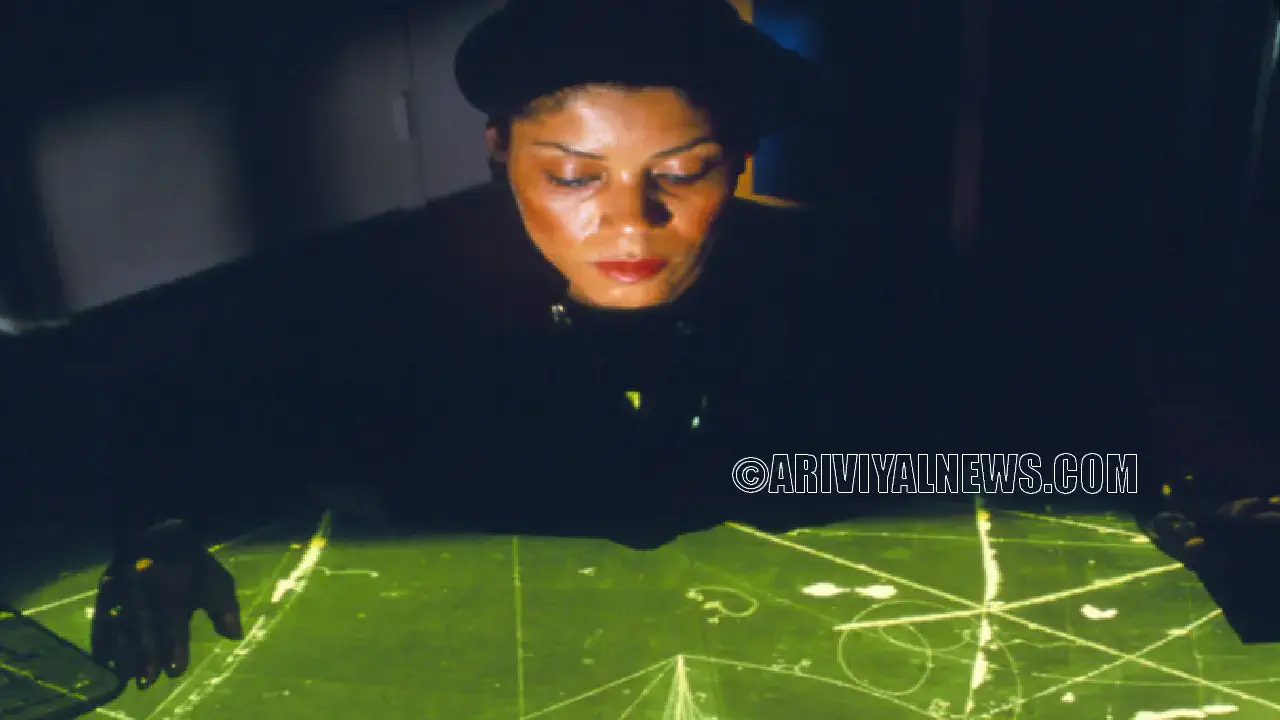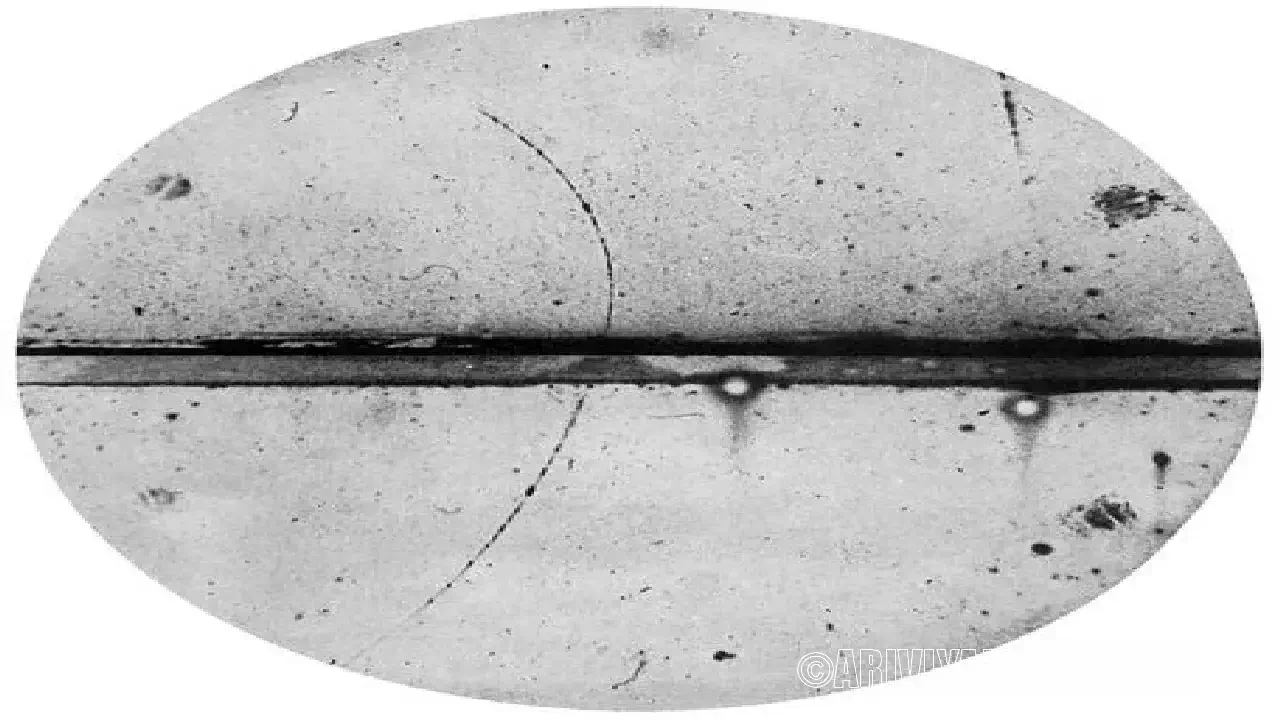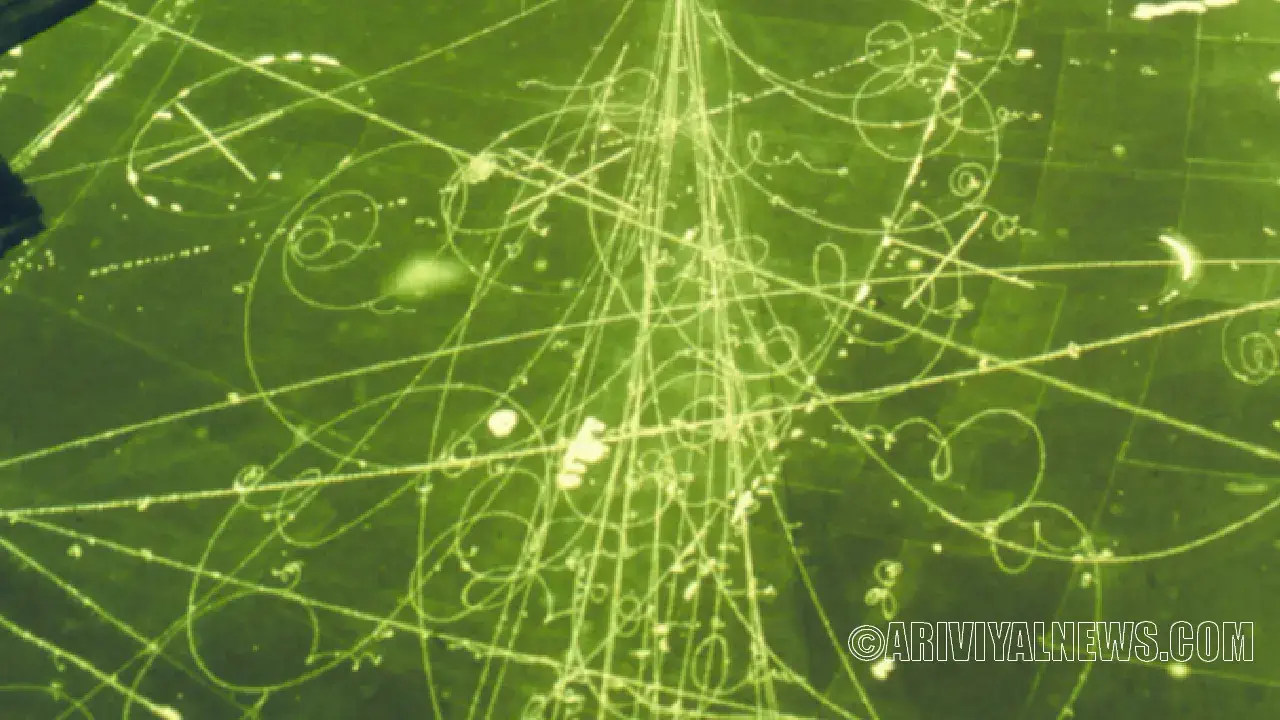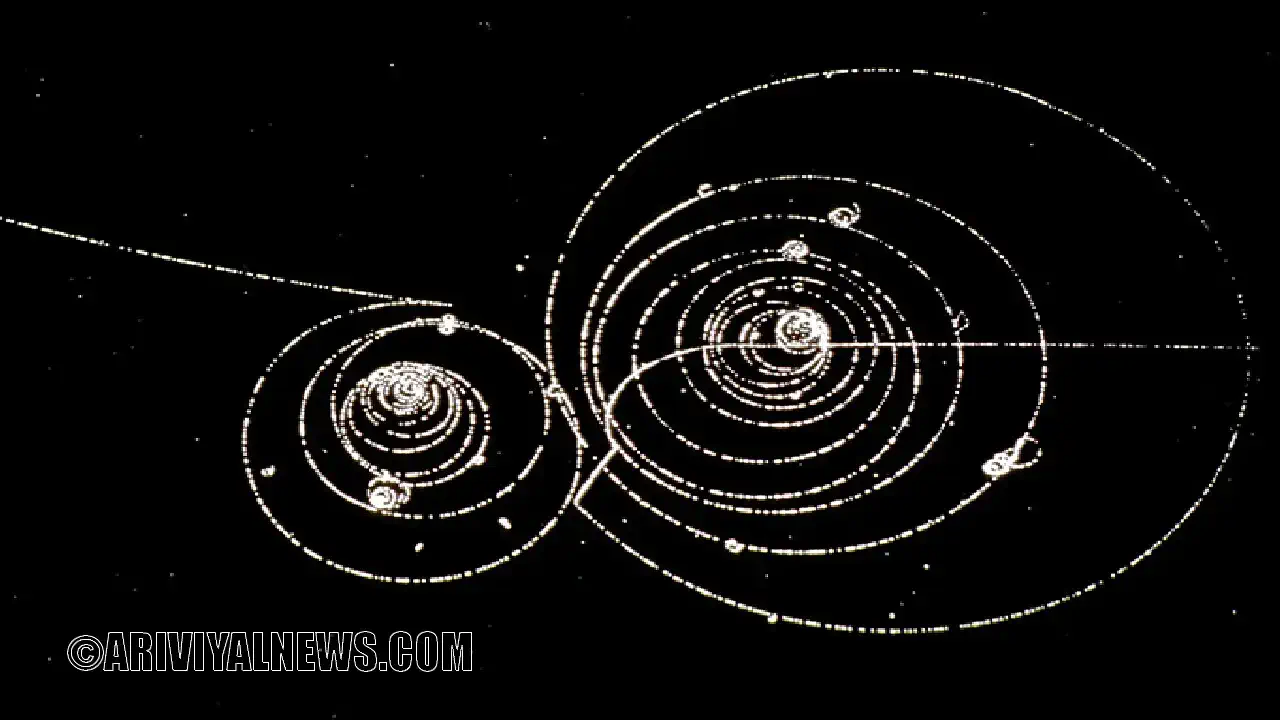
ஒவ்வொரு தருணத்திலும், துணை அணு துகள்கள் (Particle detectors) உங்கள் உடல் மூலம் புரிந்துகொள்ள முடியாத எண்களில் பாய்கின்றன. ஒவ்வொரு வினாடியும், சூரியனில் இருந்து சுமார் 100 பில்லியன் நியூட்ரினோக்கள் உங்கள் சிறுபடவுரு வழியாகச் செல்கின்றன,
மேலும் நீங்கள் பூமியின் வளிமண்டலத்தில் பிறந்த மியூயன் மழையில் குளிப்பீர்கள். எளிமையான வாழைப்பழங்கள் கூட பாசிட்ரான்களை வெளியிடுகின்றன, எலக்ட்ரானின் ஆன்டிமாட்டர் எதிர். துகள்களின் முழு பிரபஞ்சமும் உள்ளது, நாம் பெரும்பாலும் மறந்துவிடுகிறோம், ஏனெனில் இந்த துகள்கள் கண்ணுக்கு தெரியாதவை.
ஒரு இளைஞனாக, துகள்களின் இந்த சொல்லப்படாத உலகம் இருப்பதை நான் முதன்முதலில் அறிந்தபோது, என்னால் அதைப் பற்றி சிந்திப்பதை நிறுத்த முடியவில்லை. நான் அதைப் பற்றி யோசித்தபோது, என்னால் மூச்சுவிட முடியவில்லை. நான், எழுத்தாளர் டேவிட் ஃபாஸ்டர் வாலஸிடமிருந்து ஒரு உருவகத்தைத் திருட, அவள் தண்ணீரில் நீந்துவதை மட்டுமே கவனித்த ஒரு மீன். நாங்கள் ஒரு துகள் சூப்பில் சுடுகிறோம் என்ற வெளிப்பாடு, நான் ஏன் இயற்பியலைப் படிக்கச் சென்றேன், இறுதியில், அதைப் பற்றி எழுத.

ஒரு இயற்பியல் மாணவராக, எனது பாடப்புத்தகங்களில் உள்ள இந்த பிரமிக்க வைக்கும் படங்களை பல மணிநேரம் ஆய்வு செய்தேன். நான் பட்டதாரி பள்ளியில் துகள் கண்டுபிடிப்பாளர்களை உருவாக்கினேன், மேலும் துகள்களின் சொந்த படங்களை நம் உலகம் முழுவதும் கடந்து செல்கிறேன்.
ஒரு துகள் ஒரு பொருள் வழியாக நகரும் போது, அது அதன் பாதையை விட்டுக்கொடுக்கக்கூடிய ரொட்டி துண்டுகளை கைவிடுகிறது. அந்த ரொட்டி துண்டுகள் பல்வேறு வடிவங்களில் வருகின்றன: ஒளி, வெப்பம் அல்லது மின்சார கட்டணம். “அடிப்படையில், இருக்கும் ஒவ்வொரு துகள் கண்டறிபவரும் அந்த மூன்று விஷயங்களில் ஒன்று அல்லது அதற்கு மேற்பட்டவற்றைத் தேடுகிறார்கள்” என்கிறார் துகள் இயற்பியலாளர் ஜெனிபர் ராஃப், ஃபெர்மிலாப், படேவியாவில் இத்தகைய சமிக்ஞைகள் இயற்கையின் துகள்கள் மற்றும் சக்திகளை விவரிக்கும் அறிவியலின் மகுட சாதனையான நிலையான மாதிரியின் இயற்பியலை வெளிப்படுத்த உதவியது. நிலையான மாதிரியைத் தாண்டி இயற்பியலைக் கண்டுபிடிப்பதில் அவை முக்கியமாக இருக்கலாம்.
நேரம் கடந்துவிட்டதால், துகள்களைக் கண்டறியும் தொழில்நுட்பங்கள் பெரிதும் மேம்பட்டுள்ளன. கண்ணுக்குத் தெரியாத சில டிடெக்டர்கள் இங்கே உள்ளன.
How particle detectors capture matters hidden, beautiful reality!!!

At every moment, subatomic particles stream in unfathomable numbers through your body. Each second, about 100 billion neutrinos from the sun pass through your thumbnail, and you’re bathed in a rain of muons, birthed in Earth’s atmosphere. Even humble bananas emit positrons, the electron’s antimatter counterpart. A whole universe of particles exists, and we are mostly oblivious, largely because these particles are invisible.
When I first learned, as a teenager, that this untold world of particles existed, I couldn’t stop thinking about it. And when I thought about it, I could barely breathe. I was, to steal a metaphor from writer David Foster Wallace, a fish who has only just noticed she’s swimming in water. The revelation that we’re stewing in a particle soup is why I went on to study physics, and eventually, to write about it.
To truly fathom matter at its most fundamental level, people must be able to visualize this hidden world. That’s where particle detectors come in. They spot traces of the universe’s most minuscule constituents, making these intangible concepts real. What’s more, particle detectors reveal beauty: Particles leave behind graceful spirals of bubbles, flashes of light, and crisp lines of sparks.

As a physics student, I spent hours examining these stunning pictures in my textbooks. I went on to build particle detectors in graduate school, and to make my own images of particles wending their way through our world.
As a particle moves through a material, it drops bread crumbs that can give away its path. Those bread crumbs come in a variety of forms: light, heat, or electric charge. “Basically, every particle detector that exists is looking for one or more of those three things,” says particle physicist Jennifer Raaf of Fermilab in Batavia, Ill. Particle detectors translate the bread crumbs into signals that can be recorded and analyzed. Such signals helped reveal the physics of the standard model, a crowning achievement of science that describes the particles and forces of nature. They’re also likely to be key in the discovery of physics beyond the standard model.
As time has passed, technologies for detecting particles have vastly improved. Here are a few types of detectors that have made the invisible visible. Read More



